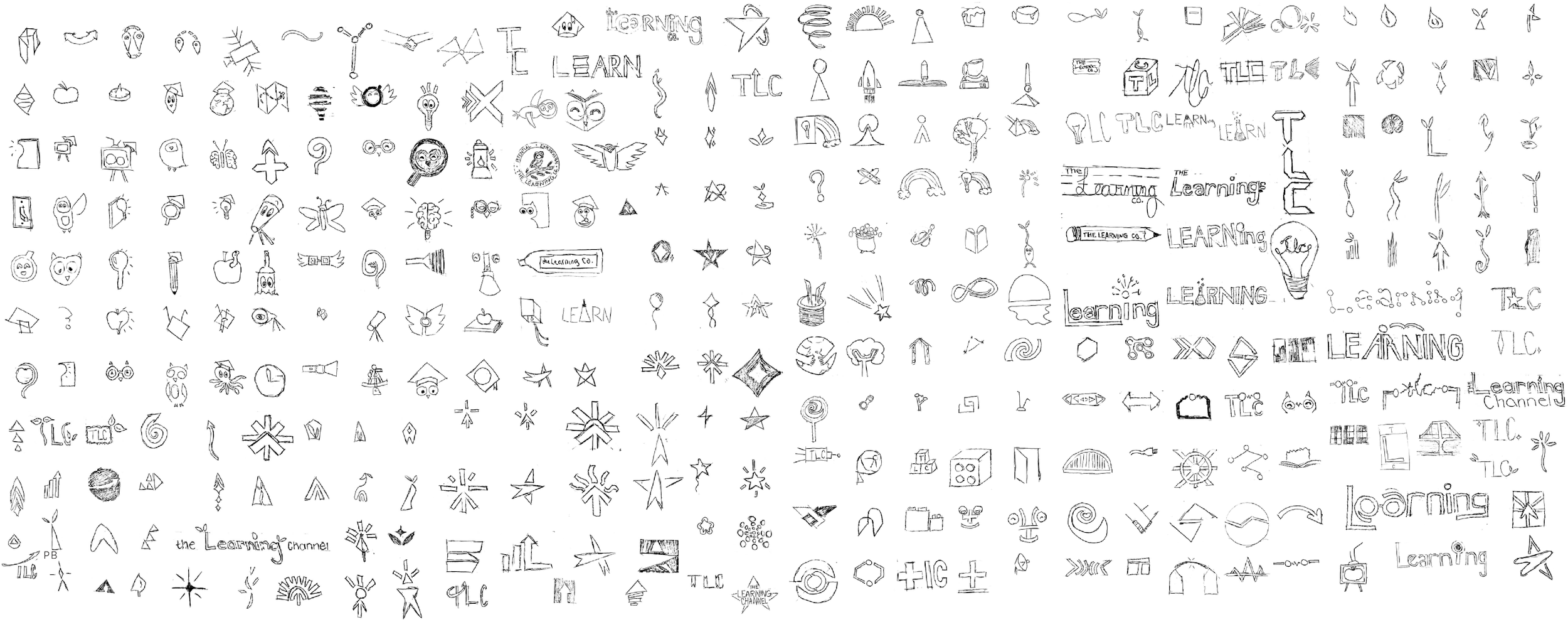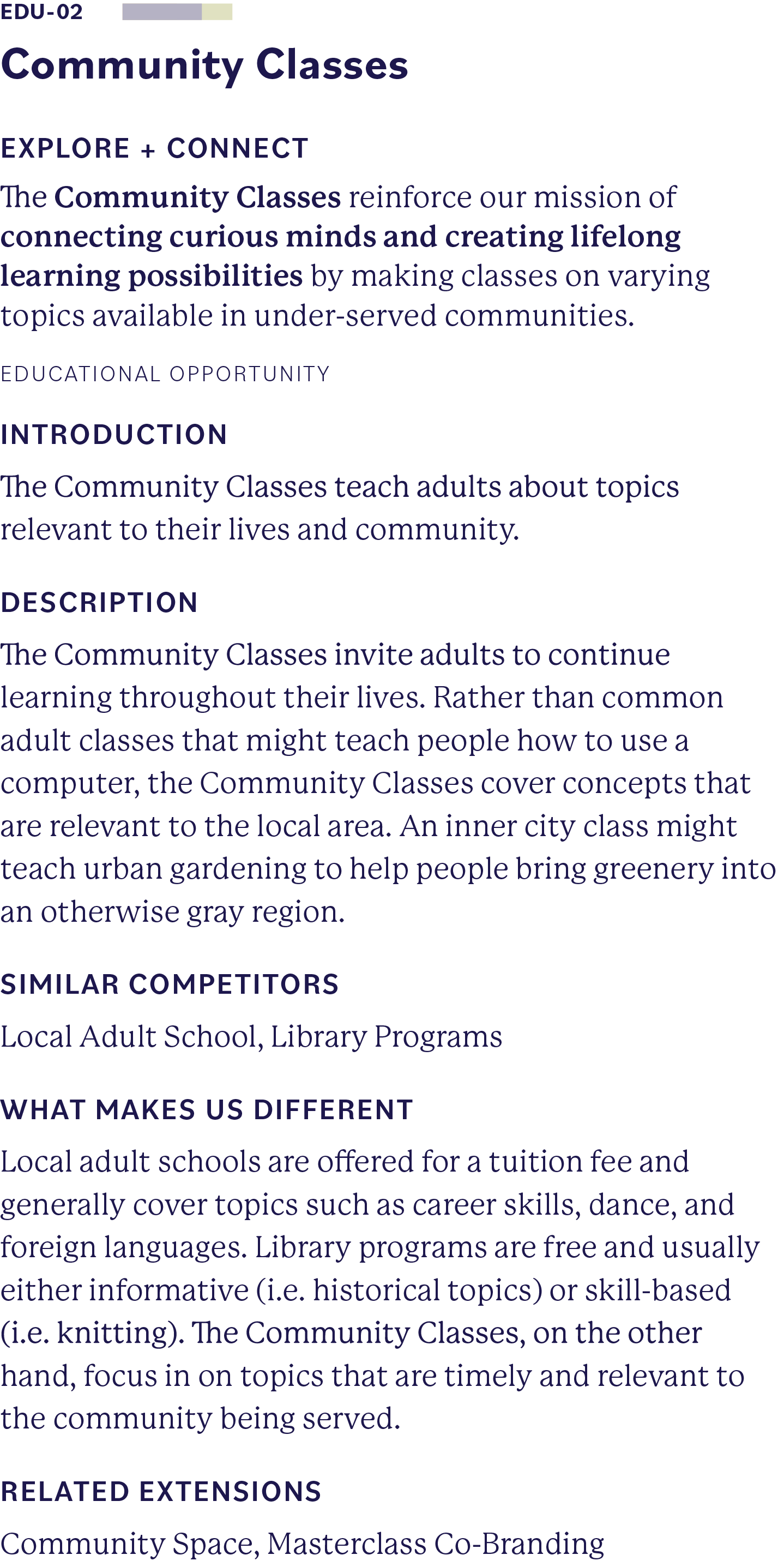What was most especially apparent was that the ARC project filled a community need not otherwise easily met.
National Institute of Education, 1982
The Appalachian Experiment
From the late 60s to early 70s, NASA began efforts to expand technology usage for public good. In 1972, NASA joined forces with the Department of Health, Education, and Welfare to test the feasibility of using a satellite to broadcast education and health information. From the collaboration began the massive education technology undertaking: the Education Satellite Communication Demonstration (ESCD).
Appalachia has historically lagged behind the rest of the country in most metrics (economics, education, etc.) and became the target of a federal financial assistance program. The Appalachian Regional Commission (ARC) was established to boost access to health and educational services.
ARC submitted a proposal to take part in the ESCD and use the technology to disseminate career education to Appalachian teachers.




Cable in the Classroom
At its peak, The Learning Channel provided a six hour daily block of commercial-free children’s’ programming, as well as adult educational shows and an assortment of documentaries. Ross Bagwell, whose Ross Television Productions worked with the network in its earlier days, once stated, “The Learning Channel started out as an educational tool that was shown in the classrooms.”
Making the channel public extended the walls of the classroom to anywhere viewers had cable access. Now, curious minds could learn about far corners of the world from the comfort of their living room. The aptly named Community Service Network wanted to fill the community need in rural areas for better learning resources.
The Learning Channel extended that access to communities across the country. All ages had something to gain from tuning in to The Learning Channel.
The Discovery Downfall
After being bought by Discovery, in the mid-1990s, the network started to branch out to a larger audience with popular reality shows “Medical Detectives” and “Home Savvy.” This proved to be a good business decision with the rising public interest in reality shows. The Learning Channel rebranded itself as TLC in 1998 and removed the educational content.

Our New Identity
The Learning Company is proud to present our new visual identity. The new logo is an arrow pointing into a sunrise, which creates the overall shape of an asterisk. Asterisks are used to indicate that there is more information. The edges of the asterisk rays are slightly rounded to create a softer, more welcoming appearance.
The shape of the space between the arrow and the asterisk is designed to follow seamlessly beside the lines of the arrow. The symbol was then rotated to give the mark forward momentum. The final logotype was handdrawn with soft serifs that mirror the curve at the tip of the asterisk rays.
A shade of orange was applied to the logo. A color psychology study found that orange, as it applies to learning environments, is “an energetic color that can increase alertness, excitement, and engagement…Orange may also promote collaboration in learning.”


































